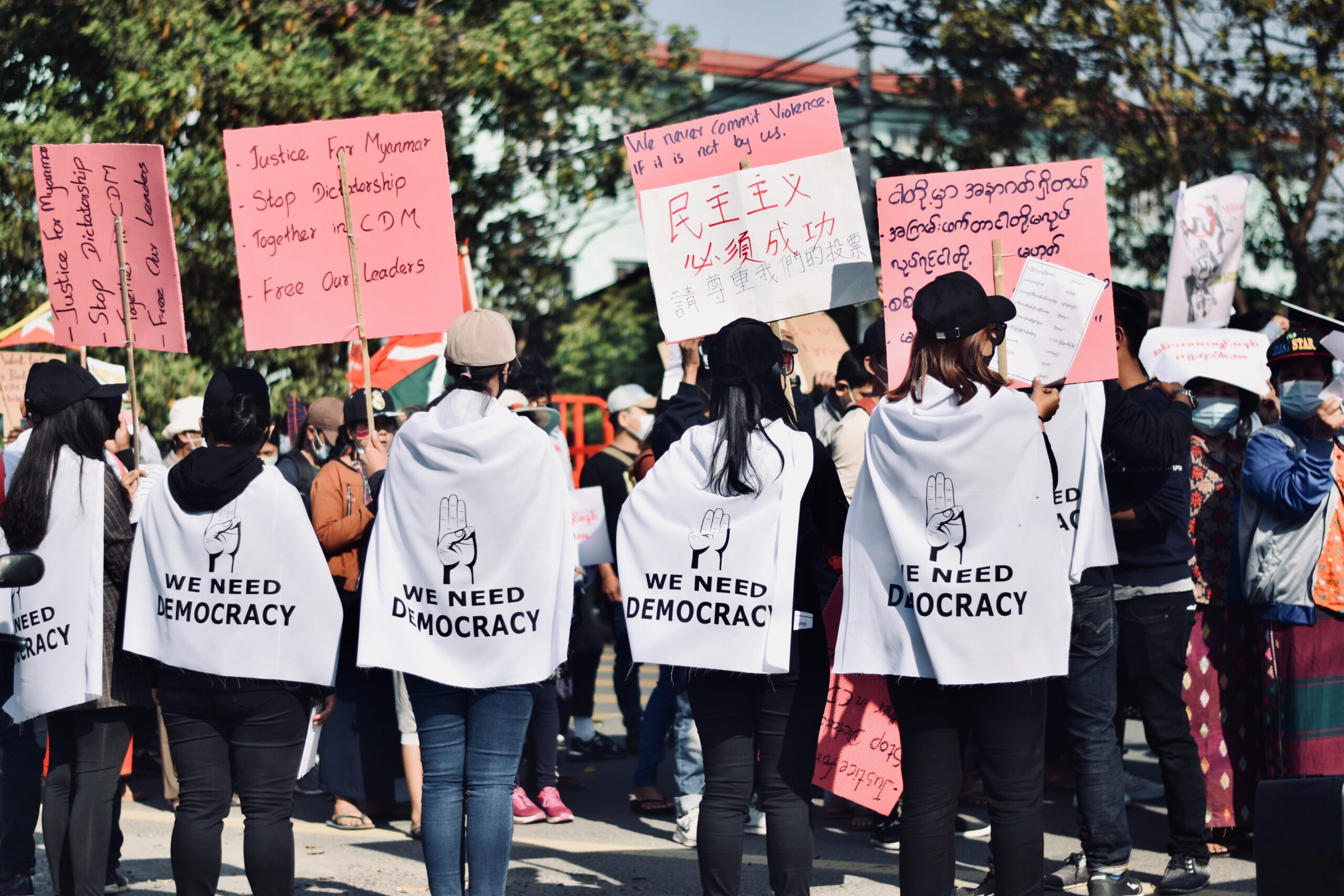Less than a month ago, the world waited on pins and needles as 12 young boys and their soccer coach were lost, found, and then extraordinarily saved from a cave in Thailand. This story provided hope and inspiration for many, and was aided by the many connections people around the world have to Thailand.
Thirteen young people were trapped in a cave. And the world watched.
But did you know that across the border in Laos, thousands of people were awaiting their own rescue? Late last month, monsoon rains (the same rains that caused the flooding in the Thai cave) caused the Xe Nam Noy hydropower dam on the Xe Pian River in southeast Laos to burst, flooding local villages, displacing more than 6,000 people and killing at least 39. The images of people clinging to trees and holding up on rooftops remind many of us of New Orleans in 2005, after Hurricane Katrina.
Thirty-nine have been confirmed dead. Almost 100 are still missing. More than 6,000 have been displaced. And where is the world? Where are CNN’s news alerts? Where are the twitter hashtags and prayer circles?
There is phenomenon knowing a “psychic numbing,” and it’s the decreased emotional reaction people have to tragedy when more people are hurt by a disaster. It’s easier to feel the plight of the Thai soccer players, we saw their faces and we learned their names. But the Laos dam disaster is impacting tens of thousands.
Is it because Laos is a small country so few have been to? Is it because we are so burnt out by the stories of devastation in the world that we’ve hit disaster fatigue? Or, is it because we fail to acknowledge the dangers posed by giant corporate infrastructure projects that we seemingly benefit from? Is it easier to care about 13 souls than it is care about 7,000?
Laos’ current plans to develop their country and increase their GDP center around a strategy to generating and then providing power to their neighboring countries. However, the Lao government requires foreign investors and developers to build the hydropower dams needed to reach this development goal. Human and environmental rights groups, such as ERI, have been campaigning against the influx of dam across Southeast Asia, citing the human and environmental dangers that dams pose.
While many believe hydropower is a green power source, the truth is that the externalities dams produce actually contribute to climate change. Furthermore, the process of building and operating dams is very dangerous to the surrounding communities, both up and downstream. The creation of a dam involves flooding an adjacent plain or valley. At the extreme end, the large Brazilian Balbina hydroelectric plant, flooded an area the size of Delaware. This means not only destroying the vegetation and wildlife, but also displacing the communities (many of whom are have been working the land for generations) that reside within the reservoir area.
On the other end, when water is released from dams, downstream ecosystems can be harmed as the water released causes temperatures and oxygen levels to drop. This can severely impact fishing communities.
Finally, there are the risks of disaster.The failure of the Xe Nam Noy dam, holding back millions of tons of water, has led to thousands of destroyed homes, displaced families, and the destruction of livelihoods that may reverberate for generations.
The collapse exposes the risks and hidden costs of dams, usually caused by poor corporate governance and lack of accountability on the part of investors. This is what happens when communities are not adequately consulted in the dam-planning process. And it will likely continue to happen as dams are proposed and built across Southeast Asia.
We were so hopeful for the Thai boys to be rescued, so that they can continue to grow up and have fruitful, fulfilling lives. We are hoping the same for the millions of people in the shadows of dams that are threatening their livelihoods, culture, and, in fact, their very lives.






